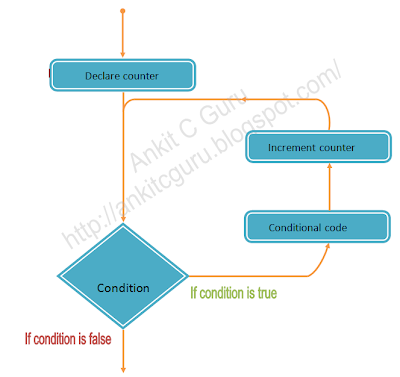2d array in c language

2D array in C# language The array which is used to represent and store data in a tabular form is called as 'two dimensional array.' Such type of array specially used to represent data in a matrix form. Syntax:- <data type><array name>[No of rows][No of columns] int a[3][3]; Initialization of 2D Array:- <data type><array name>[No of rows][No of columns] int list[3][5]={{1,2,3,4,5}{6,7,8,9,10}{11,12,13,14,15}}; Memory Allocation : Column Rows Example:- C# program which takes values for 2D-Array and print all in matrix form. #include<stdio.h> void main(){ int list[3][5],i,j; printf("Enter value in 2D - array:\n"); for(i=0;i<3;i++) { for(j=0;j<5;i++) { printf("value of list[%d][%d]=",i,j); scanf("%d",&list[i][j]); } } printf(&quo
